Cooking is an art that encompasses a plethora of techniques, each contributing to the myriad of flavors, textures, and aromas that grace our tables. From the sizzle of a sauté pan to the gentle steam rising from a bamboo steamer, the techniques employed in the kitchen play a pivotal role in shaping the character of a dish.
Grilling:
Grilling, a method synonymous with outdoor gatherings and summer barbecues, imparts a distinct smoky flavor to meats, vegetables, and even fruits. Whether it’s the charred marks on a steak or the caramelized sweetness of grilled peaches, this technique is celebrated worldwide, from the backyard grills of America to the street food stalls of Southeast Asia.
Roasting and Baking:
Roasting and baking, often used interchangeably, involve cooking food in an oven at high temperatures. Roasting typically refers to cooking meat or vegetables uncovered, allowing them to develop a crispy exterior while retaining moisture. Baking, on the other hand, involves cooking covered dishes like casseroles or desserts, allowing the ingredients to meld together into harmonious creations. These techniques are fundamental in European cuisines, where hearty roasts and delicate pastries reign supreme.

Sautéing and Stir-frying:
Sautéing and stir-frying are quick-cooking methods that involve cooking food over high heat in a small amount of fat. Sautéing is commonly used to cook vegetables, meat, or seafood in a skillet, creating dishes like tender-crisp stir-fried vegetables or golden-brown chicken cutlets. Stir-frying, prevalent in Asian cuisines, involves tossing bite-sized pieces of ingredients in a wok over intense heat, resulting in dishes like the iconic Chinese stir-fried noodles or Thai basil chicken.
Steaming:
Steaming, a gentle and health-conscious technique, involves cooking food over boiling water in a covered vessel. This method preserves the natural flavors and nutrients of ingredients while producing moist and tender results. Steamed dumplings, fish fillets, and vegetables are staples in Chinese cuisine, where the purity of flavors is highly esteemed.

Each of these cooking techniques offers a unique approach to transforming raw ingredients into delectable creations. Whether it’s the robust flavors of a grilled steak, the comforting aroma of a roasted chicken, or the vibrant colors of a stir-fry, the art of cooking techniques transcends cultural boundaries, uniting food lovers around the globe in a celebration of culinary diversity. So, the next time you step into the kitchen, don’t just follow a recipe—embrace the techniques that make cooking an extraordinary journey of creativity and discovery.

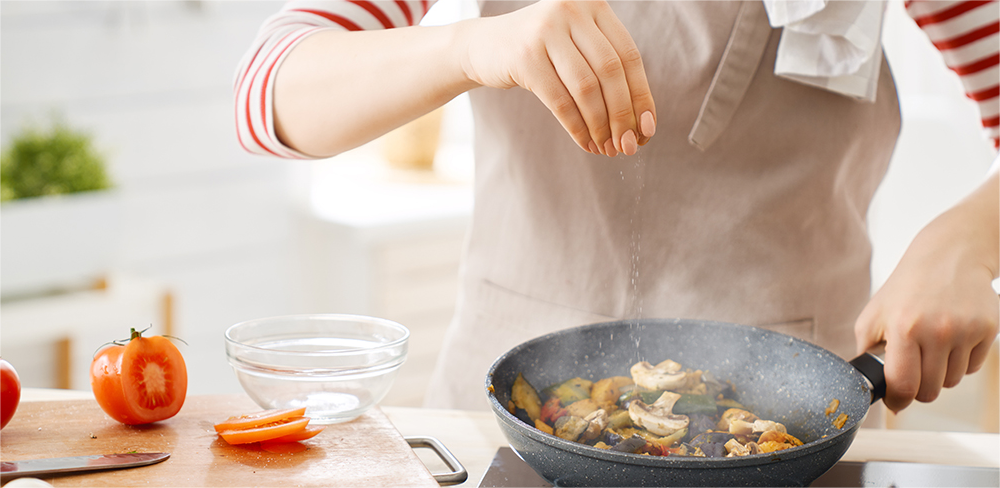



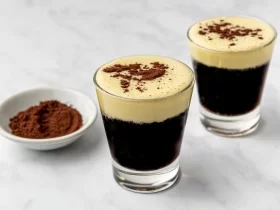
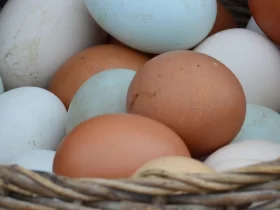
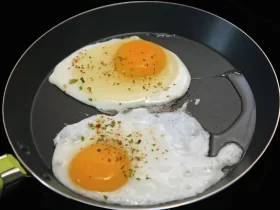
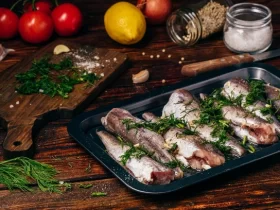


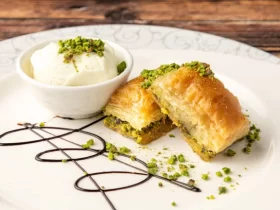
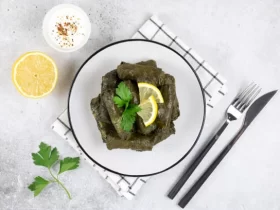

Leave a Reply